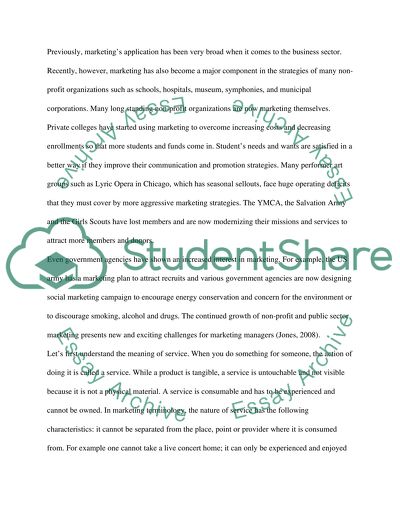Cite this document
(“Service Marketing Essay Example | Topics and Well Written Essays - 3000 words”, n.d.)
Retrieved from https://studentshare.org/environmental-studies/1421046-service-marketing
Retrieved from https://studentshare.org/environmental-studies/1421046-service-marketing
(Service Marketing Essay Example | Topics and Well Written Essays - 3000 Words)
https://studentshare.org/environmental-studies/1421046-service-marketing.
https://studentshare.org/environmental-studies/1421046-service-marketing.
“Service Marketing Essay Example | Topics and Well Written Essays - 3000 Words”, n.d. https://studentshare.org/environmental-studies/1421046-service-marketing.


